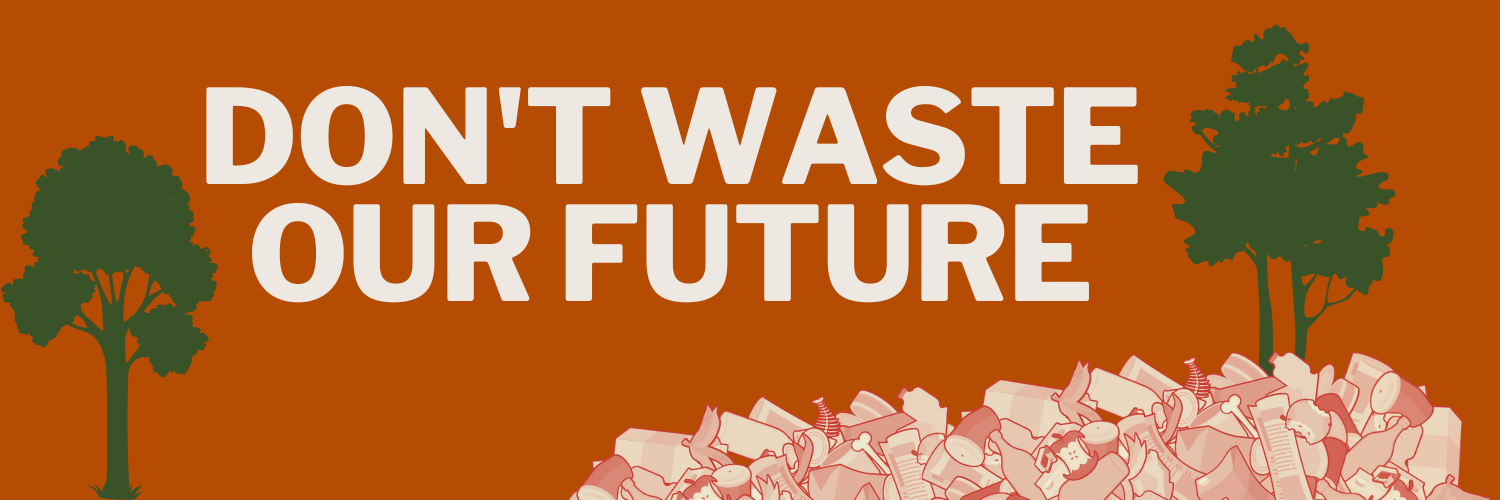The type of landfill cover matters
Research study (and common sense!) finds type and timing of landfill cover is a key factor in limiting methane emissions — but it’s left out of current federal regulations.
Methane gas is like carbon dioxide on steroids, making methane reduction one of the fastest ways to slow global warming. People might think about landfills as inert piles of garbage but they are actively creating methane and other toxic leachate and gasses every day. And landfills can pose many burdens to communities: tipping fee costs, water contamination, air pollutants, odors, noise and truck traffic to name a few.
The good news is that there is a proven, cost-effective practice that helps mitigate emissions from landfills: maximizing the amount of landfill that is covered and final cover, and improving the types of covers that are used. California Air Resources Board (CARB) and CalRecycle recently funded a field investigation of gas emissions from a representative set of California landfills and analyzed all operational parameters at landfills and emissions measured on the ground.
A quick primer on terms:
There are multiple types of landfill covers: daily, interim/intermediate and final. Cover on landfills is very important — they help control smell, blowing trash, fires, and invisible methane emissions. In California, a daily cover means 6 inches of compacted earthen material soil applied at end of operating day. Intermediate cover is typically compacted earthen material at least 12 inches, where no additional solid waste will be deposited within 180 days. And final cover is (there can be approved exceptions) a 2-feet foundation layer, with a 1-foot impermeable layer and a 1-foot vegetation layer.
The researchers found that the type of cover on a landfill was the most significant factor that impacted the flux of emissions (check out the below slide)
They found higher methane emissions with the use of intermediate and daily covers.
They found lower methane emissions as the percentage of the landfill area with final cover increased.
The researchers really dug in, and tested 31 cover types, took samples, measured properties of the sample, etc. Based on their findings, they recommended limiting the working face and concentration of wet waste as much as possible, and, because the daily covers had the most emissions potential, the intermediate cover should be installed within days, not weeks, of waste placement (see below slide for details).
CARB December 5, 2022 Presentation: https://ww2.arb.ca.gov/events/public-workshop-landfill-methane-emissions-california
The bad news is that EPA landfill regulations, which apply to most large active municipal landfills in the U.S. and aimed to reduce emissions from landfills, are silent on the timing of daily, intermediate or final cover installation. Nor do they address the amount of working face. Landfills are complex systems to operate, there’s no doubt emissions can vary due to a number of factors. But it is clear that landfill cover deserves more attention from regulators.


